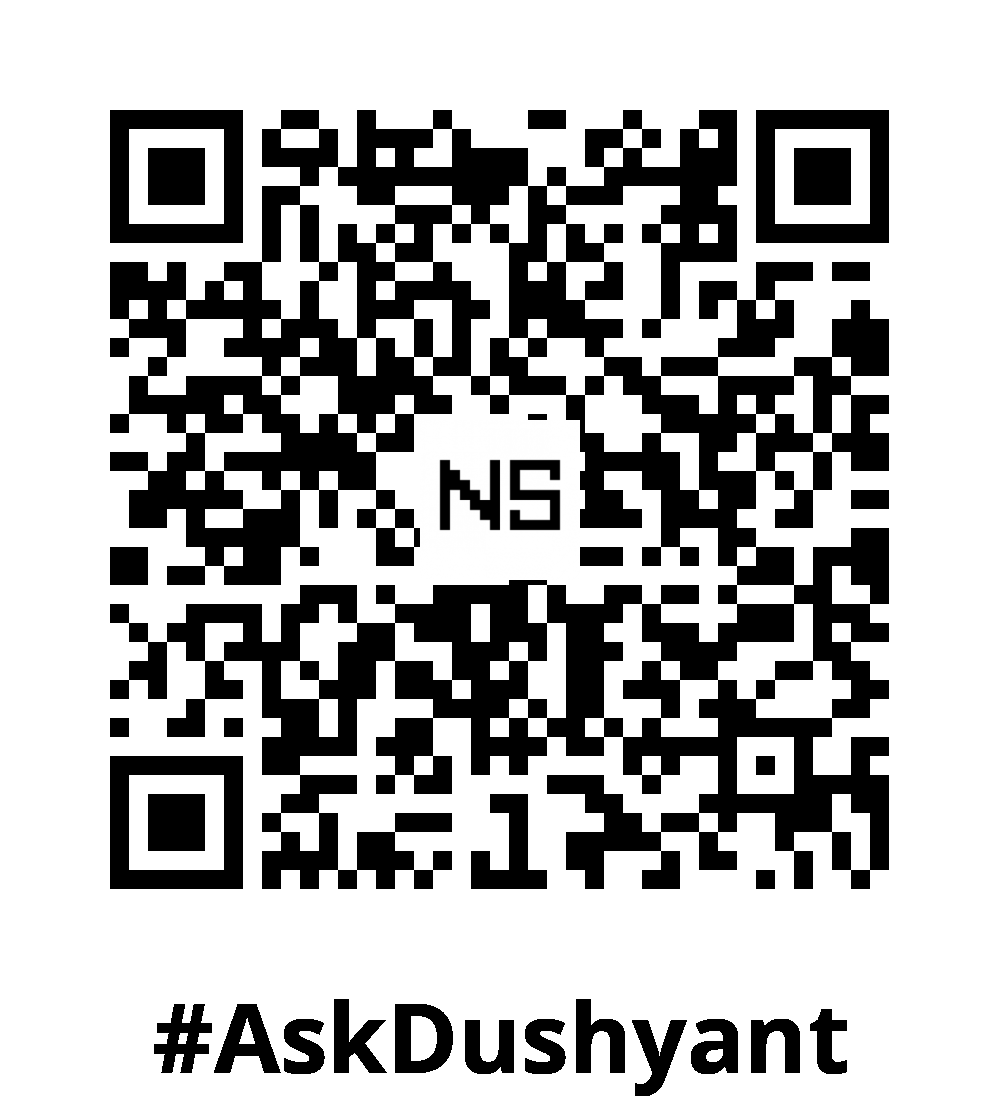Throughout the fast-paced world of software development, effective versioning and release management are not merely technical necessities but pivotal strategies for seamless collaboration, clarity, and user satisfaction. One of the most acclaimed methodologies that encapsulates these principles is Semantic Versioning (SemVer), complemented by the practice of assigning meaningful names to releases. In this tech blogpost, we delve into how combining these approaches can elevate your project management and communication strategies to new heights.
Understanding Semantic Versioning (SemVer)
Semantic Versioning provides a standardized framework for assigning version numbers to software releases. It consists of three numerical components: MAJOR.MINOR.PATCH. Each component holds specific significance:
- MAJOR version increments indicate backward-incompatible changes, often restructuring or substantial feature additions.
- MINOR version increments denote backward-compatible feature additions or enhancements.
- PATCH version increments signify backward-compatible bug fixes or minor improvements.
For instance, a version number like 2.1.0 signifies the second major release, introducing new features without breaking compatibility, while 2.1.1 indicates a subsequent patch fixing specific issues.
Enhancing Communication with Release Names
Beyond version numbers, assigning descriptive names or codenames to releases enhances clarity and communication. These names provide context and highlight the theme or significant changes encapsulated within each version. Consider the following examples:
- Major Release:
3.0.0 "Horizon"- A monumental release marking significant structural changes or a new direction in the project.
- Minor Release:
3.1.0 "Infinite Scroll"- Introduces a new feature enhancing user experience, aligned with the concept of infinite scroll functionality.
- Patch Release:
3.1.1 "Bug Bash"- Swiftly addresses critical bugs or stability issues, ensuring a smoother user experience post-update.
Benefits of Naming Releases
- Clarity and Memorability:
- Facilitates easier recall and discussion of specific releases among team members and stakeholders.
- Enhanced Stakeholder Engagement:
- Enables clearer communication in release notes, documentation, and public announcements, fostering trust and transparency.
- Improved Project Management:
- Helps prioritize and highlight the impact of each release, aiding in strategic planning and resource allocation.
Best Practices for Implementation
- Consistency: Maintain a consistent naming convention across releases to establish a recognizable pattern over time.
- Relevance: Ensure each codename reflects the essence of the release, aligning with its primary objectives and user benefits.
- Documentation: Document release names alongside version numbers in your project documentation and communication channels for comprehensive tracking and understanding.
In my experience as a tech advisor and entrepreneur, I’ve seen many tech companies overlook the basics of versioning and release naming, often relying on gut instincts or the influence of non-technical senior leaders. By integrating Semantic Versioning with thoughtful release naming practices, software teams can streamline development processes, enhance stakeholder engagement, and refine project management. This approach not only improves technical clarity but also empowers teams to effectively communicate the value and impact of their software updates. Embracing Codename and Versioning ensures a structured approach to development, fostering a culture of clarity and informed decision-making that propels software projects towards efficiency and success.
#AskDushyant
#SoftwareDevelopment #Versioning #ReleaseManagement #SemanticVersioning #ProjectManagement #Codename


Leave a Reply